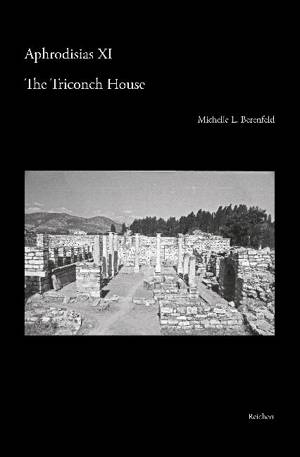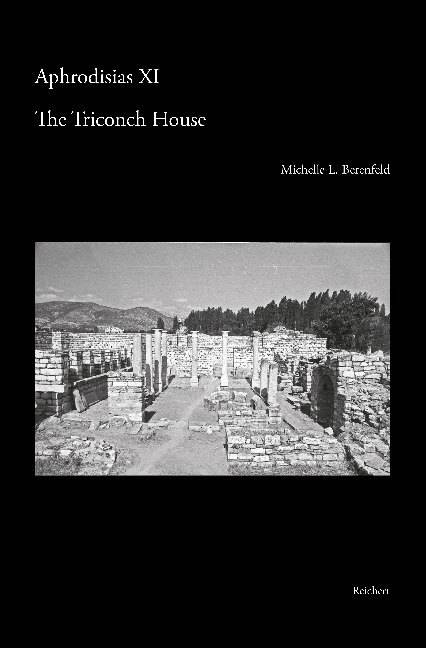
- Retrait gratuit dans votre magasin Club
- 7.000.000 titres dans notre catalogue
- Payer en toute sécurité
- Toujours un magasin près de chez vous
- Retrait gratuit dans votre magasin Club
- 7.000.0000 titres dans notre catalogue
- Payer en toute sécurité
- Toujours un magasin près de chez vous
167,95 €
+ 335 points
Description
The Triconch House is a large, late antique peristyle house in Aphrodisias in southwestern Asia Minor. Previously known as the Bishop's Palace, it is one of the best preserved late antique houses in the Greek East and one of several in the Roman empire with a triple-apsed, or triconch, dining room. Its decorative program included large-scale figural wall paintings, a display of sculpture, and polychrome mosaic floors. The late antique house represents, however, only one phase in a much longer continuum of occupation of its site, which was roughly the size of a city block and located at the heart of the monumental urban center. This study is concerned both with the history and development of the urban location of the Triconch House and with the details of the late antique building. It traces the development of a plot of land measuring roughly 50m by 50 m over the course of some 1200 years, from at least the first century BC through the twelfth century AD. This study examines the house within its immediate surroundings in the northern part of the city center and considers these within the larger context of the urban development of Aphrodisias. At every stage of its history, the site of the Triconch House was intimately linked with the structures and institutions that surrounded it, and its evolution follows the major phases of the history of Aphrodisias. Structures were first built there during the city's emergence as a planned town in the late Hellenistic period and they continued to be used throughout the imperial period. In late antiquity, when the city was a provincial capital, those structures were transformed into a large and well-appointed townhouse in the center of town. Finally, beginning sometime after the mid-seventh century AD, the Triconch House became a bishop's residence and remained a component of a larger ecclesiastical complex through the middle Byzantine period, when Aphrodisias was a metropolitan see and pilgrimage site. This study will be of interest to archaeologists and other scholars interested in domestic architecture and urbanism in the Roman provinces, especially in late antiquity and the post-antique/Byzantine phases of Greco-Roman cities. It may also appeal to archaeologists using legacy data and Bauforschung/building archaeology approaches to ancient structures.
Spécifications
Parties prenantes
- Auteur(s) :
- Editeur:
Contenu
- Nombre de pages :
- 160
- Langue:
- Anglais
- Collection :
- Tome:
- n° 11
Caractéristiques
- EAN:
- 9783954904051
- Date de parution :
- 20-12-19
- Format:
- Livre relié
- Format numérique:
- Genaaid
- Dimensions :
- 236 mm x 317 mm
- Poids :
- 489 g

Les avis
Nous publions uniquement les avis qui respectent les conditions requises. Consultez nos conditions pour les avis.






